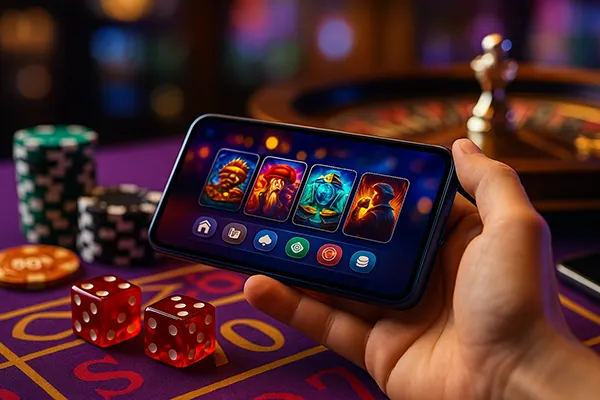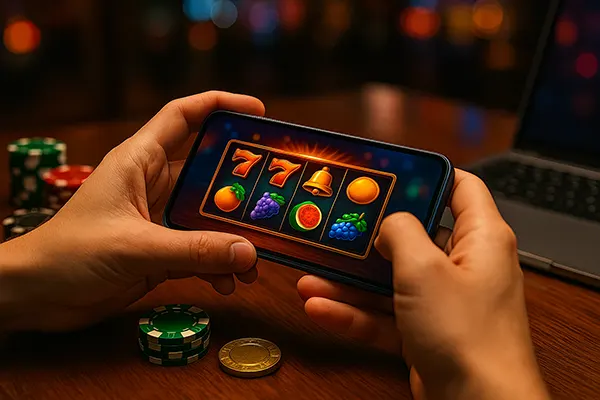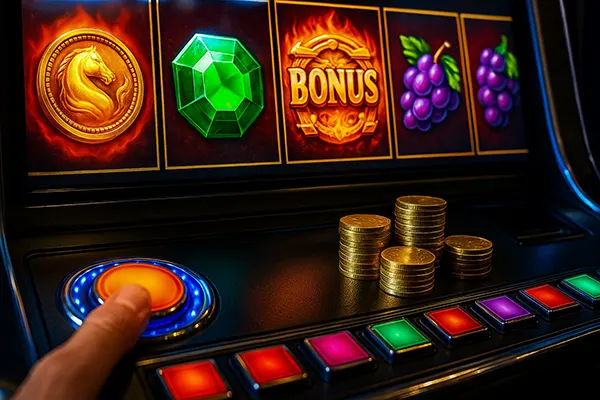
Mobile Casinos: UX Trends and New Approaches to Game Adaptation
In 2025, mobile casinos have firmly established themselves as the primary channel for digital gambling. With smartphones becoming increasingly powerful and internet connectivity more stable, the focus has shifted to enhancing user experience rather than simply offering access. The success of mobile gambling now depends on intuitive design, seamless adaptation of games, and the ability to meet diverse player expectations worldwide.
UX trends shaping mobile casinos
The first key trend is the optimisation of navigation. Casinos now prioritise streamlined menus, clear icons, and responsive layouts that adapt perfectly to any screen size. Players expect to find their favourite games or payment options within seconds, and operators are reducing the number of steps needed to perform core actions.
Another trend is real-time personalisation. By analysing behavioural data, casinos can recommend tailored bonuses, customised promotions, and relevant game categories. This approach not only increases engagement but also builds a sense of trust, as players feel that the environment recognises their preferences.
Security-driven UX is also on the rise. Mobile casinos integrate biometric authentication, such as fingerprint and facial recognition, making transactions safer and more convenient. This eliminates reliance on passwords and reduces risks of fraud while keeping the user journey smooth.
Adaptation of interfaces for global audiences
Operators increasingly focus on localisation as part of their UX strategies. Providing native-language interfaces, local payment methods, and region-specific promotions is now essential for global competitiveness. Without these adjustments, casinos risk losing large portions of their potential market.
Inclusive design has also gained momentum. Features such as voice navigation, adjustable font sizes, and support for colour-blind players ensure that mobile casinos are accessible to as many users as possible. This inclusivity has become not just a trend but an industry standard in 2025.
Another aspect is cultural adaptation. Beyond language, certain design choices, colour schemes, and even bonus structures are adjusted to align with local expectations, making the experience more relatable and user-friendly.
Game adaptation for mobile devices
One of the main challenges for developers has been adapting traditional casino games to smaller screens without losing functionality. Slot machines, table games, and live dealer experiences must remain engaging while fitting perfectly within the constraints of mobile displays.
Vertical orientation has become the default mode for mobile games. Players prefer one-handed operation, so games now feature controls and key elements optimised for vertical layouts. This approach has influenced everything from roulette wheels to blackjack tables.
Lightweight design is another priority. Mobile games are engineered to load quickly and consume minimal resources, ensuring smooth performance even on mid-range devices. This is crucial for retaining players in regions with less powerful hardware.
Live dealer optimisation
Live dealer games represent one of the fastest-growing mobile segments. In 2025, these games are broadcast in high-definition with low latency, allowing players to interact seamlessly with dealers and other participants via their smartphones.
Interface improvements include interactive overlays that do not obstruct the video feed. Players can place bets, access statistics, or change settings without interrupting the live stream. This balance between immersion and functionality has become a benchmark for quality.
Multi-angle streaming is another innovation. Users can switch between camera views, enhancing engagement and providing a closer approximation of the land-based casino experience. These developments highlight how game adaptation extends beyond visuals to the very core of gameplay mechanics.

Emerging technologies in UX
Artificial intelligence plays a major role in shaping mobile casino UX in 2025. AI-driven assistants guide players through onboarding, provide betting history analysis, and suggest responsible gambling tools tailored to individual needs.
Augmented reality (AR) is being tested in selected mobile casinos. For example, AR can project a roulette wheel onto a player’s environment, blending physical and digital experiences in real time. Although still in its early stages, this trend points towards more immersive gameplay in the near future.
5G connectivity further enhances the mobile experience. With faster speeds and lower latency, casinos can deliver complex features such as live multiplayer tournaments and instant in-game customer support, ensuring that mobile gambling keeps pace with user expectations.
Responsible gambling in mobile UX
Responsible gambling tools are now fully integrated into mobile interfaces. Players can set deposit limits, track session time, and receive personalised reminders, all without leaving the game environment. This transparency builds trust and supports safer play.
Casinos are also using predictive analytics to detect risky behaviour early. By monitoring patterns such as unusually long sessions or repeated high-stake bets, systems can automatically prompt interventions, offering help before problems escalate.
Educational resources are embedded directly into mobile apps, giving players instant access to guides, tips, and links to support organisations. This proactive approach ensures that the industry balances innovation with accountability.




